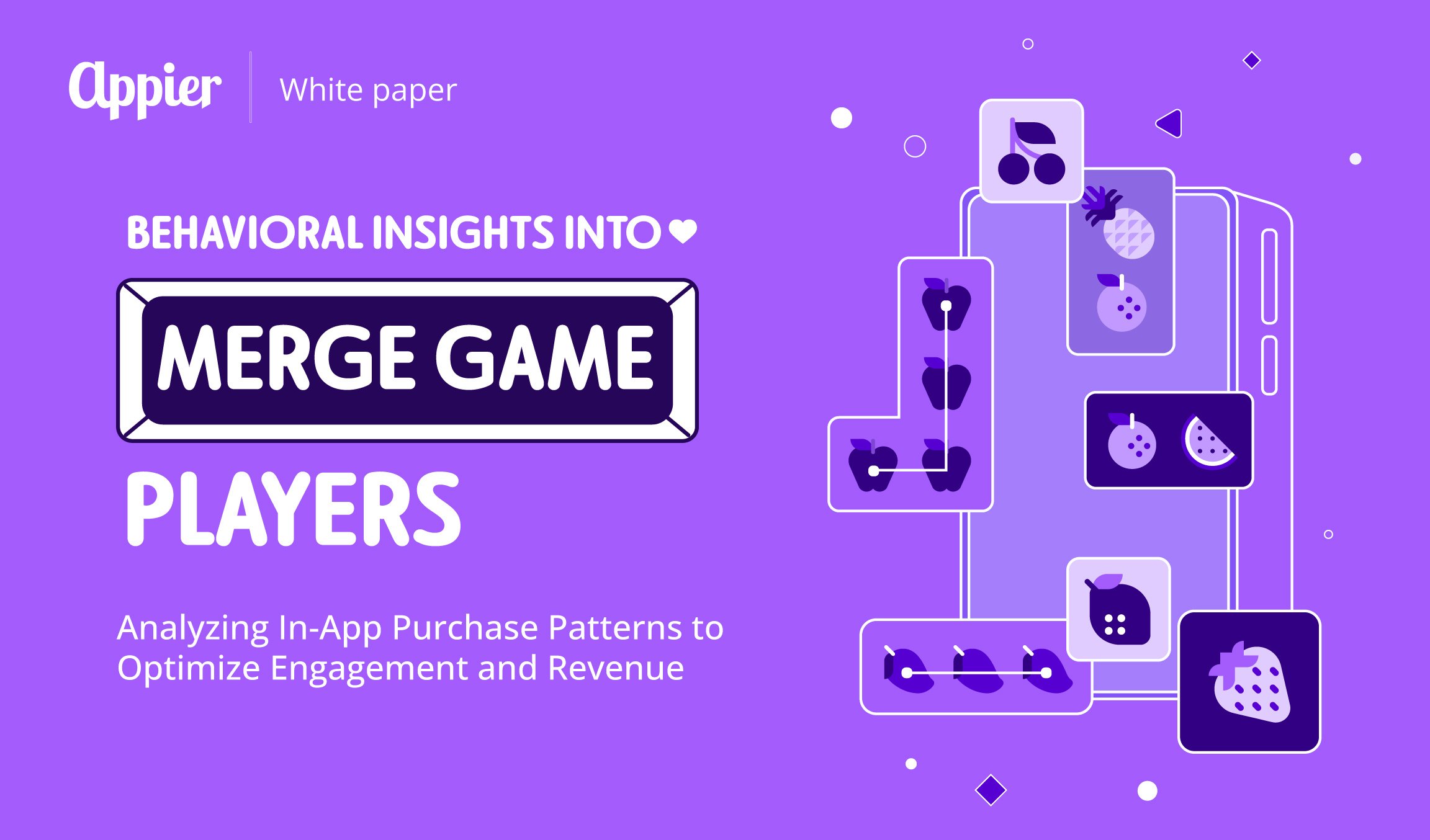6 min read
While e-commerce has been on the rise for years, COVID-19 gave it some rocket fuel. Not only did 2020 see increasing numbers of retailers make the shift to digital for survival, but consumers’ willingness to shop online and try new brands also grew.
According to figures by Statista, over 2.14 billion people globally are expected to purchase goods and services online in 2021. In addition, by 2023, global online sales are expected to reach 22 percent of all retail sales and, by 2040, it is predicted that 95 percent of all purchases will be digital.
In this increasingly competitive market, retailers have to fight tooth and nail to stay ahead. With companies such as Amazon continuing to offer great deals and increased pressure from nimble companies with streamlined processes, there is an increasing need to give customers what they want with a competitive price, in order to grab their attention and boost brand appeal.
To do so, brands are using promotional marketing, from digital coupons to percentage discounts and free shipping, to win hearts and wallets.
The Negative Impact of Promos on Profit Margins
Promotions offer numerous benefits for online retailers, including increasing sales demand, attracting new customers, generating repeat business, and cutting losses from excess inventory. However, poorly implemented promotions can lead to decreased perceived value, undermine product confidence, and set future price expectations too low. Furthermore, they will negatively impact your profit margins.
This is because profit margins are higher when selling a product at full price, compared to a discounted price. For example, if a product costs US$50 at full price and you offer a 10 percent discount, you will lose US$5 on every sale. To make up this loss, you need to sell more.
According to research by the Boston Consulting Group, 20 to 50 percent of promotions “generate no noticeable lift in sales, or worse, have a negative impact”. In addition, “another 20 to 30 percent dilute margins in that they don’t generate an increase in sales sufficient to offset promotion costs”.
To improve the effectiveness of promotions and maintain a healthy profit margin, retailers need to take a systematic, data-driven approach covering four critical aspects: strategy, pricing, target audience, and product.
1. Setting a Clear Strategy and Goal
Having a clear strategy and goal for your promotions is crucial to maintaining a desired profit margin.
Many retailers get it wrong by only focusing on implementation. They lack a clear goal, meaning they fail to consider whether they are trying to improve their profit margin, traffic or basket size, price perception, awareness or customer loyalty, or some other metrics.
Promotional plans also tend to be based on what was done in the past rather than analyze historical performance to see if specific campaigns met the company’s overall strategic objectives.
To formulate your strategy and goal, you need to think about what you are ultimately trying to achieve. The strategy should outline your target audience, pricing, messaging, timing and the types of discounts you will offer depending on your goal.
For example, to increase sales, standard, bundled, and seasonal discounts work well. To acquire more customers, you can try ‘buy one get one free’, while to generate business from existing customers, you may offer free shipping or discounts based on spend value.
Importantly, your strategy should be continually evolving based on timely data and what your competitors are doing.
2. Determining a Price Point That Is Still Profitable
Pricing is a crucial part of your overall promotional strategy.
To get it right, you need to determine a price point that is attractive and yet it isn’t going to eat into your revenue. You also need to consider how long a period you can discount your product without falling into unprofitable sales margins.
To attract new customers using promotions, you need to balance the discount against the cost of acquiring a new customer. Whereas, for existing customer promotions, you need to weigh profit margin losses against a customer’s lifetime value (LTV).
Some promotions can cut too far into your profit margin to make them worthwhile. To avoid this, you need to consider several key variables. These include your current profit margin, markup, and breakeven point for all selected products.
Using these variables, you can calculate how many sales you need to make at a given price to stay profitable. Figures can be improved by lowering costs or increasing sales.
When devising a pricing strategy, you also need to consider what types of discounts your competitors are offering.
3. Targeting the Right Audience to Prevent Undercutting Revenue
When it comes to promotional targeting, you can significantly boost your return on investment (ROI) and profits by ensuring you focus on the right audience.
Some customers will buy without a promotion; others will only ever be window shoppers, clicking through your site without any real intention to buy. Therefore, sending either of these groups a coupon would cut into your guaranteed profits and waste budget.
The people you want to target are uncertain or hesitant customers. They visit your channels but never quite make it to the end of the purchase journey because they are always looking for a better offer. By using the right promotional discount or incentive, you can give them the push they need to complete the purchase.
To figure out who they are, use advanced machine learning to analyze their on-site and in-app behavior to identify signs of uncertainty and hesitation, such as how they view certain products, move around the page, and flick through images. You then target customers showing these behaviors with customized coupons to reduce your outlay and boost your profits.
4. Making Data-Driven Decisions on What To Promote
Data is key to successful, profitable promotional campaigns as it can help you make better-informed decisions. Using competitor and market data, you can figure out what promotions work, as well as what products to promote.
Bestsellers and products already flying off the shelves don’t need discounts or incentives for sales. Doing so would simply reduce your profit margins without necessarily increasing sales.
One tactic is to focus on slower moving products, even offering steeper discounts so you can at least break even. In addition, AI technologies can help you go further by highlighting products with promotion potential you might not have identified.
By analyzing data from your own and external channels, AI can deliver timely insights on consumer trends and behaviors, such as top categories purchased from your main competitors. This will enable you to continually shift your promotional focus in a more profitable direction.
By taking the right approach, setting the right price point, and taking advantage of advanced machine learning and AI technologies, you can enjoy the benefits of promotions without draining the profits.
* Ready to get started? Find out more about how our intelligent promotional marketing platform, AiDeal, can keep your discounts and incentives profitable. Contact our team today for an exclusive consultation.



-1.png?width=3000&height=1834&name=SuperLike_%E5%B7%A5%E4%BD%9C%E5%8D%80%E5%9F%9F%201%20(1)-1.png)